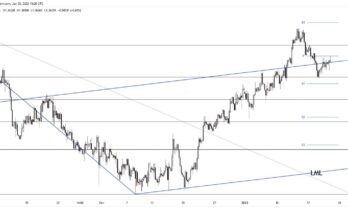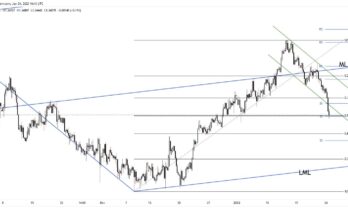There’s a reason why #NFPGuesses trends on Twitter on payroll day, because that’s what they are for the most part, guesses. Some people spend an inordinate amount of time forecasting the various components and there’s probably some mileage in it, but then come revisions to the prior months and most of the good work is blown out of the water. The chart below shows the recent EURUSD reaction to payrolls reports. Comparing this to some of the reaction we saw at the tail end of last year, the signs are the dollar is less sensitive to payrolls surprises. This makes sense for two reasons. Firstly, the possibility of a rate move at the next two meetings is pretty slim, so we’d have to see a fairly large outlier for the data to change that perception. Secondly, Yellen intimated in her speech earlier this week that the inflationary consequences of the unemployment rate below the 5% level were less than would have previously been the case.
Looking at overnight action, we’ve see the Nikkei weaken by more than 3% overnight, although the reaction the yen was limited compared to the historical relationship between stocks and EURUSD . The weakness in the latest Taken survey played a part in that. We also saw more PMI data in China, with the manufacturing release showing a welcome move north, from 49.0 to 50.2. Ahead of US jobs, we also have final PMI data for the Eurozone, together with manufacturing data for the UK at 08:30 GMT. Sterling was interesting yesterday, initially rising on the upward revision to Q4 GDP, but then sagging as the thought of a 7% current account deficit weighed heavily on the currency and rightly so.
Further reading:
4 Reasons To Stay Positive On The USD In The Coming Months – ANZ
payroll day



